
There is no one-size-fits-all pathway to leadership. Every person’s unique experiences add to how they pursue being a leader. Whether or not you consider yourself a leader, the opportunity to take your skills to the next level are right around the corner as an ASDA member. Take a moment to reflect on what leadership means to you, and then see how ASDA can fit into that definition, even as a predental student.
Chapter member
As a member of an ASDA predental chapter, you are well on your way to establishing yourself as a leader. You can take the initiative to help your chapter organize events and tap into the network of predental and dental students across the nation. With your peers, you have the ability to learn about different programs, visit schools and start carving out your path for the future. If your school doesn’t have a chapter, learn how to start one.
Chapter leader
You have put in the hard work to be approved as a registered ASDA predental chapter, and now you can continue leading the community by exposing other predental students to organized dentistry, advocacy and information about each step of the dental school journey. Connect with fellow predental chapters in your region to gain even more support for your initiatives. There are a number of ASDA resources available to help your chapter grow.
National Leadership Conference
Want to build relationships and network with your peers and future colleagues in person? ASDA’s National Leadership Conference, scheduled for Nov. 16-18, gives you exactly that opportunity. Experience organized dentistry at the national scale with several unique sessions for predental students and learn about all the issues and skills that matter to dental students.
District predental advisory committee
The next step in your leadership journey provides the opportunity to impact the lives of predental students not only in your immediate community, but also in your district. Most districts have predental advisory committees that are led by current dental students and then filled by predental ASDA members. These committees work closely with dental schools and predental chapters in their district to build relationships and help predental students network and gain valuable experiences. Application timelines vary between districts but are generally sent out in the winter, with year-long commitments beginning in the spring.
National predental advisory committee
ASDA is a far-reaching national organization, and each decision it makes is in the best interest of its members. You can help expand predental member benefits and involvement across the country as part of this committee. Hone your leadership skills by communicating and planning with district trustees, chapter leaders and peers at different schools. You can apply to become a committee member now; applications are due Sunday, Dec. 16.
National predental consultant
As the national predental consultant, you will work closely with national ASDA leaders to manage the ASDA Predental Advisory Committee and align the efforts and mission of ASDA with predental outreach. Additionally, you will have the opportunity to attend national ASDA meetings such as the fall and spring council meetings as well as Annual Session. Learn more about how you can apply for this national ASDA leadership position.
After reading about the opportunities that await you, I hope you feel inspired to take a leap of faith and take your ASDA involvement to the next level! These opportunities and our ASDA network can only benefit you as a future dental professional.
~Michael Chen, University of Massachusetts Amherst ’19, ASDA Predental Advisory Committee
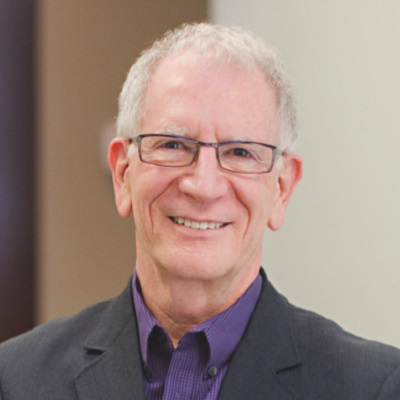 Periodontitis and metabolic syndrome are manifestations of chronic inflammation. Could there be a causal relationship between the chronic inflammation of gum disease and the chronic inflammation of metabolic syndrome? In his latest column, periodontist Dr. Alvin Danenberg investigates.
Periodontitis and metabolic syndrome are manifestations of chronic inflammation. Could there be a causal relationship between the chronic inflammation of gum disease and the chronic inflammation of metabolic syndrome? In his latest column, periodontist Dr. Alvin Danenberg investigates.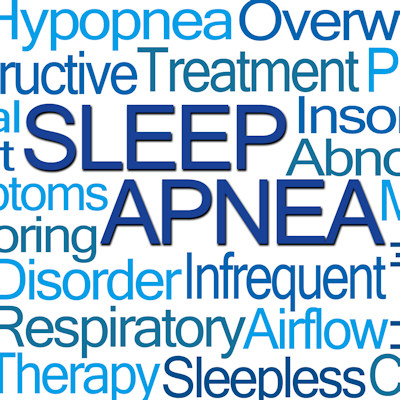 Obstructive sleep apnea (OSA) can be a risk factor for mortality, but what contributes to this risk for patients who may have this condition? Researchers wanted to see if the length of breathing interruptions was as important as how often they occur.
Obstructive sleep apnea (OSA) can be a risk factor for mortality, but what contributes to this risk for patients who may have this condition? Researchers wanted to see if the length of breathing interruptions was as important as how often they occur.
 Using a laser for wound healing after tooth extraction remains controversial. A new review looked at the evidence and found that laser treatment improved would healing but with some important caveats.
Using a laser for wound healing after tooth extraction remains controversial. A new review looked at the evidence and found that laser treatment improved would healing but with some important caveats.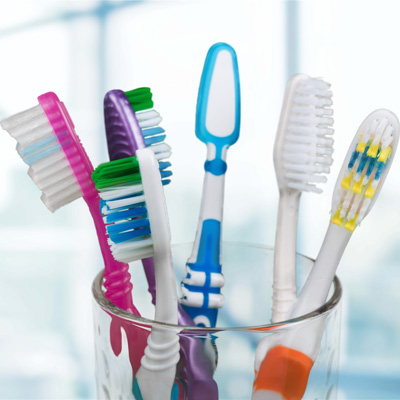 Millennials aren't so great at brushing their teeth, even when they're asked to brush to the best of their ability. That's the finding of a new study in BMC Oral Health that evaluated the toothbrushing habits of young adults.
Millennials aren't so great at brushing their teeth, even when they're asked to brush to the best of their ability. That's the finding of a new study in BMC Oral Health that evaluated the toothbrushing habits of young adults.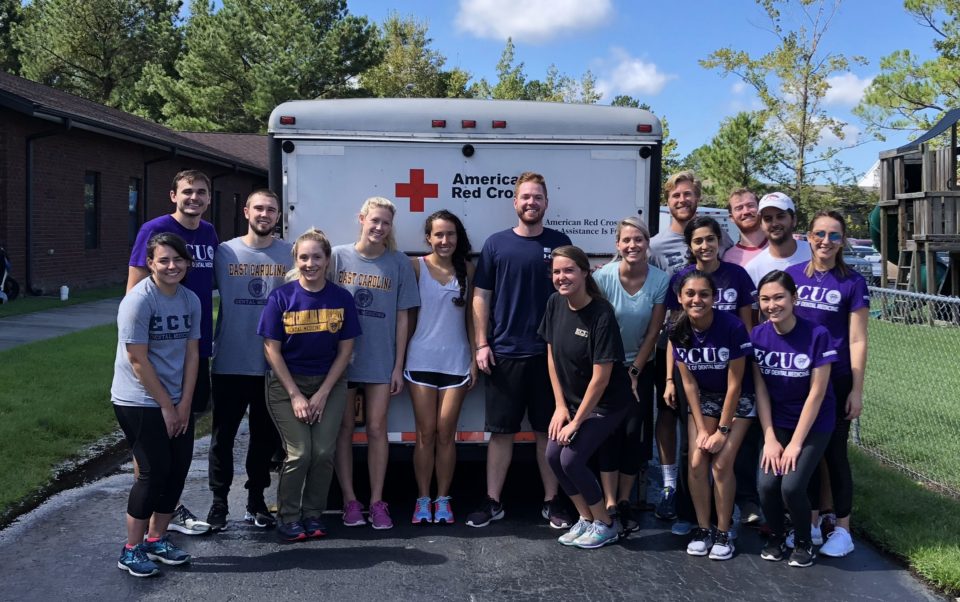
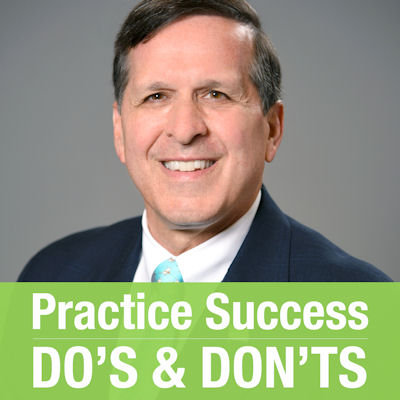 Believe or not, the image and appearance of your practice influence your level of case acceptance and patient satisfaction. To ensure that your office is attracting patients and not turning them off, look at your office objectively, advises Dr. Roger P. Levin. Check for worn and outdated furnishings or decor -- and replace everything that detracts from the practice's image as a modern, professional office.
Believe or not, the image and appearance of your practice influence your level of case acceptance and patient satisfaction. To ensure that your office is attracting patients and not turning them off, look at your office objectively, advises Dr. Roger P. Levin. Check for worn and outdated furnishings or decor -- and replace everything that detracts from the practice's image as a modern, professional office. Scientists may have discovered a link between periodontal disease and neurodegenerative diseases, including Alzheimer's disease. A new study found chronic periodontal infection was associated with brain inflammation and neurodegeneration in mice.
Scientists may have discovered a link between periodontal disease and neurodegenerative diseases, including Alzheimer's disease. A new study found chronic periodontal infection was associated with brain inflammation and neurodegeneration in mice.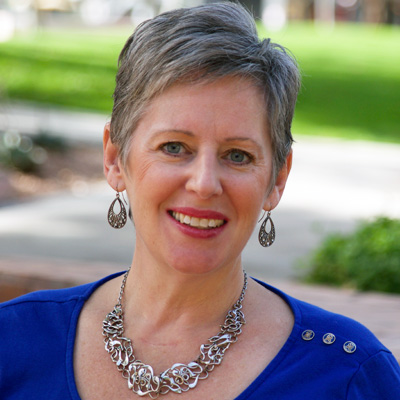 Maybe you've wondered what it would be like to open your own practice. In short, what does it take to go from being someone who knows little about business to someone who is an expert? Practice management consultant Jen Butler offers seven concepts to help you go from business cupcake to badass.
Maybe you've wondered what it would be like to open your own practice. In short, what does it take to go from being someone who knows little about business to someone who is an expert? Practice management consultant Jen Butler offers seven concepts to help you go from business cupcake to badass.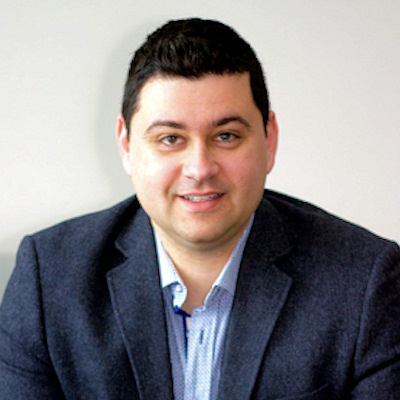 DrBicuspid.com is pleased to bring you an excerpt from Alex Zlatin's new book Responsible Dental Ownership. Zlatin details the practical challenges any current or future practice owner faces. In this excerpt, he focuses on finding the right place to maximize talent and enthusiasm.
DrBicuspid.com is pleased to bring you an excerpt from Alex Zlatin's new book Responsible Dental Ownership. Zlatin details the practical challenges any current or future practice owner faces. In this excerpt, he focuses on finding the right place to maximize talent and enthusiasm.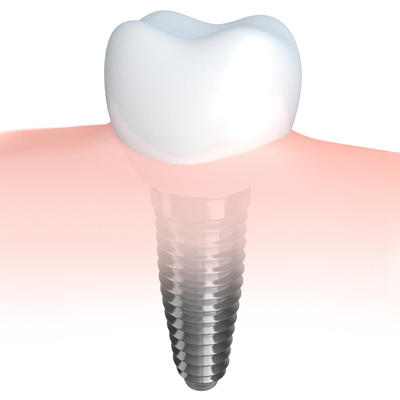 Titanium exposure and scaling have become suspects in the worsening of peri-implantitis, but the actual concentration of titanium in tissues surrounding an implant has remained unclear. To learn more, researchers examined the titanium contained in tissue from patients with severe peri-implantitis.
Titanium exposure and scaling have become suspects in the worsening of peri-implantitis, but the actual concentration of titanium in tissues surrounding an implant has remained unclear. To learn more, researchers examined the titanium contained in tissue from patients with severe peri-implantitis.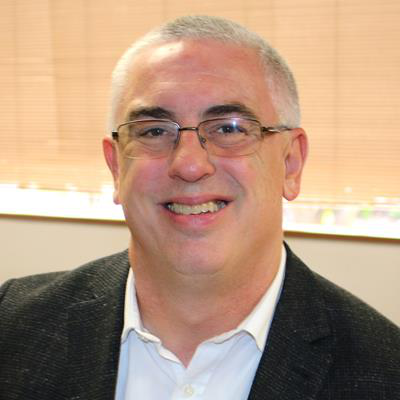 Dental journalist Kevin Henry spoke at the 2018 Dental and Oral Health Congress and Exhibition of the South African Dental Association. In the second part of an exclusive series for DrBicuspid.com, he details the differences in how hygienists practice in South Africa and the U.S.
Dental journalist Kevin Henry spoke at the 2018 Dental and Oral Health Congress and Exhibition of the South African Dental Association. In the second part of an exclusive series for DrBicuspid.com, he details the differences in how hygienists practice in South Africa and the U.S.

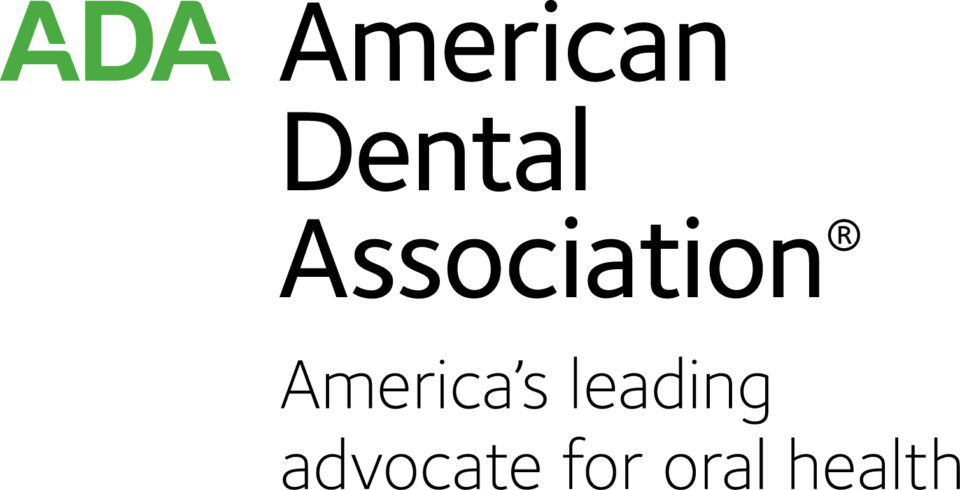
 You've probably heard about an ergonomic intervention for dentists and hygienists, such as a new curette or workstation modifications, and wondered if there really was any evidence that the intervention was effective. Researchers had the same question and conducted a review to find out.
You've probably heard about an ergonomic intervention for dentists and hygienists, such as a new curette or workstation modifications, and wondered if there really was any evidence that the intervention was effective. Researchers had the same question and conducted a review to find out. A combination of nitrous oxide and ibuprofen may help dull the pain of children undergoing vital pulp therapy for irreversible pulpitis. A new study found that the combination significantly bolstered children's pain relief compared with those who received ibuprofen alone.
A combination of nitrous oxide and ibuprofen may help dull the pain of children undergoing vital pulp therapy for irreversible pulpitis. A new study found that the combination significantly bolstered children's pain relief compared with those who received ibuprofen alone.
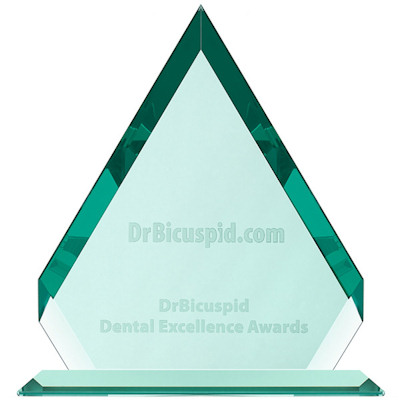 Hundreds of your colleagues have already taken the opportunity to vote for the DrBicuspid Dental Excellence Awards. Now it's your turn to vote for finalists in 11 categories, including Best New CAD/CAM Product, Best New Preventive/Hygienist Product, Best New Toothpaste, and more.
Hundreds of your colleagues have already taken the opportunity to vote for the DrBicuspid Dental Excellence Awards. Now it's your turn to vote for finalists in 11 categories, including Best New CAD/CAM Product, Best New Preventive/Hygienist Product, Best New Toothpaste, and more.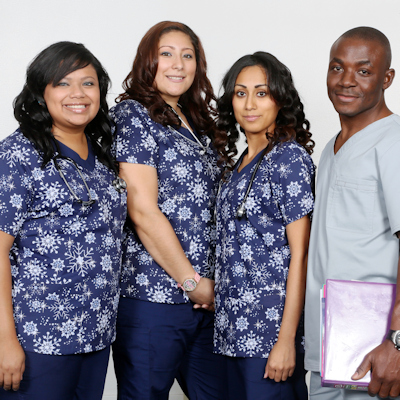 Awareness is increasingly spreading for the need to integrate oral healthcare into primary care treatments and evaluations. Researchers interviewed more than 90 healthcare practitioners to find out what the barriers are to this integration and how they can be overcome.
Awareness is increasingly spreading for the need to integrate oral healthcare into primary care treatments and evaluations. Researchers interviewed more than 90 healthcare practitioners to find out what the barriers are to this integration and how they can be overcome.